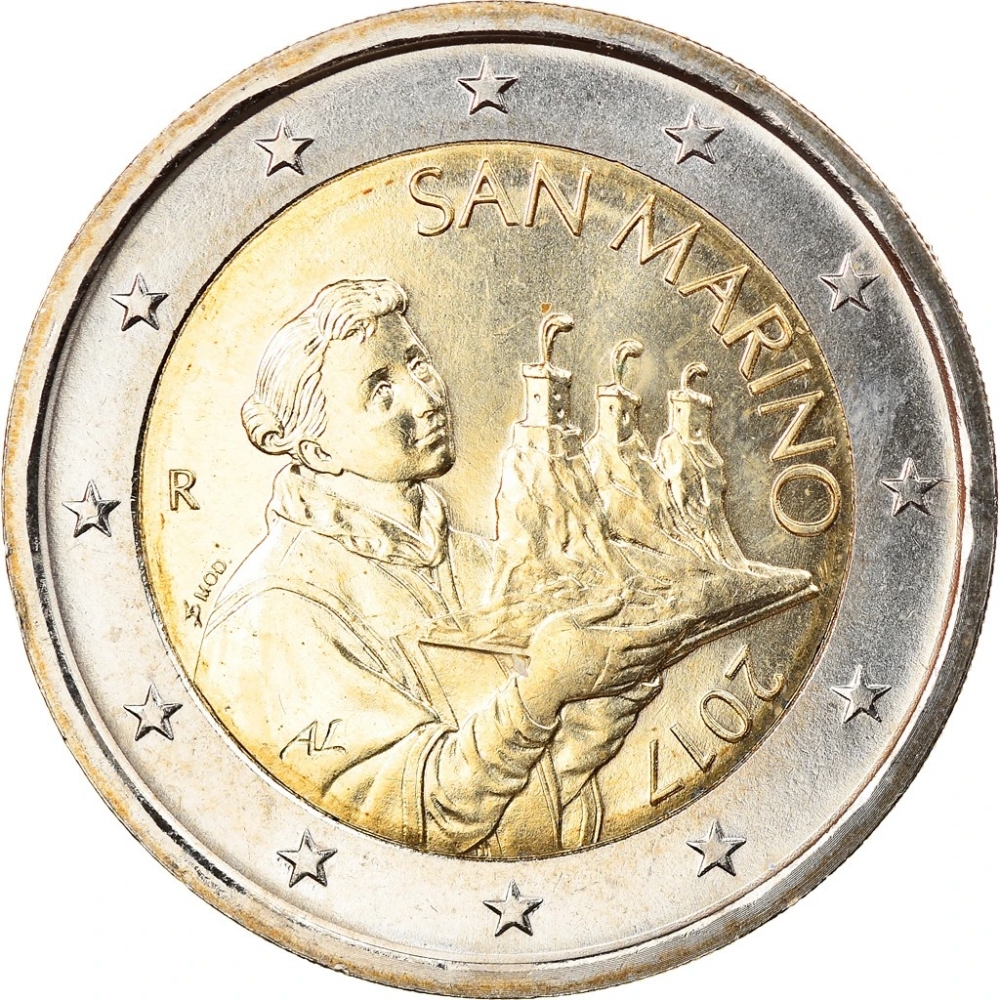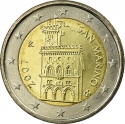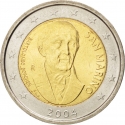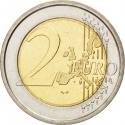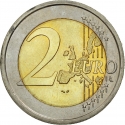You are about to finish your registration. Please check your mailbox (including spam folder). There should be a letter with a confirmation link. Check setting to make sure that your e-mail address is correct.
Send letter again
Obverse

|
Depicts a detail (Saint Marinus holding the city in his hand) from the painting 'La Madonna in Gloria', encircled by the twelve stars of Europe. The country name and the issue date above and on the right. Engraver's initials on the left, below the mintmark (R). The initials of the designer below. SAN MARINO 2017 |
|---|---|
Reverse

|
A geographical map of Western Europe spans the outer ring and inner core on the right side of the coin. The inscription 2 EURO is superimposed over the map of Europe, with the numeral “2” located in an open field representing the eastern Atlantic Ocean. 2 EURO |
| Edge |
The sequence "2 ★" repeated six times alternately upright and inverted 2 ★ 2 ★ 2 ★ 2 ★ 2 ★ 2 ★ |
2 Euro
KM# 562
Characteristics
| Material | Bi-Metallic |
| Ring | Cupronickel |
| Center | Nickel Brass |
| Weight | 8.5 g |
| Diameter | 25.75 mm |
| Thickness | 2.2 mm |
| Shape |
|
| Alignment | Medal |
| Mint |
Italian State Mint and Polygraphic Institute (IPZS)
|
